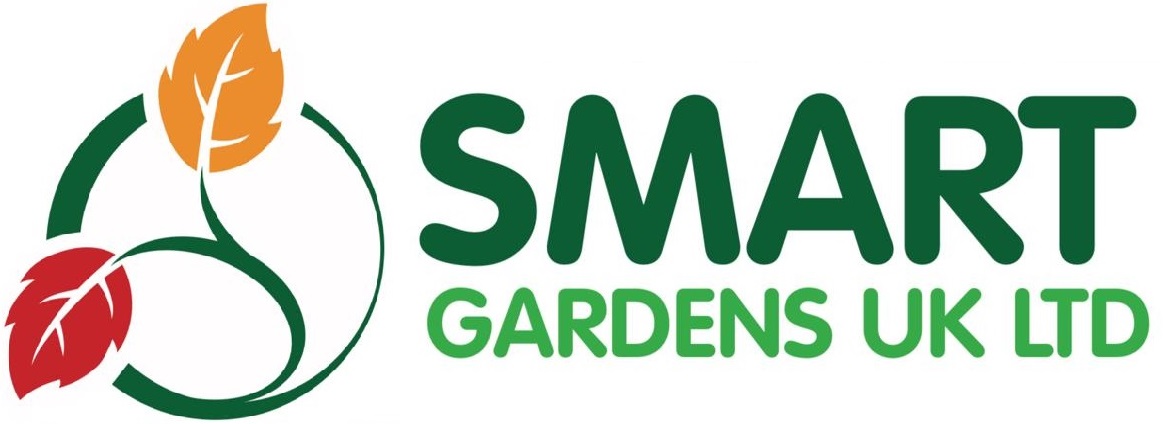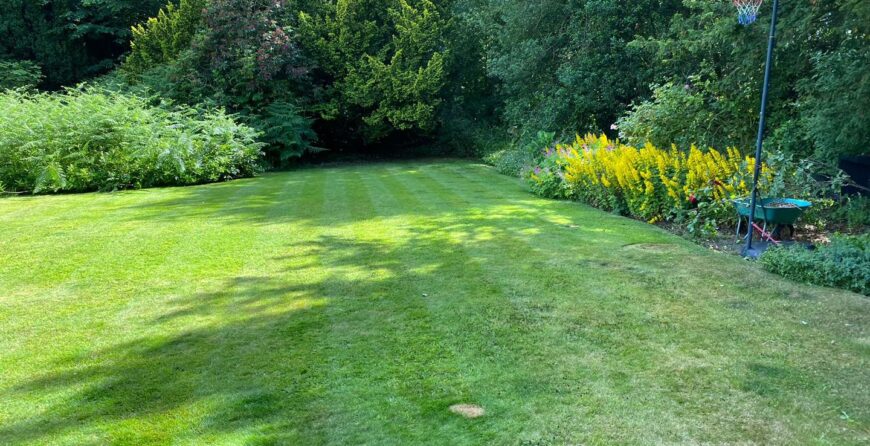Choosing the Right Type of Decking for Your Garden: A Comprehensive Guide
Introduction:
When it comes to creating a beautiful outdoor space, a well-designed deck can make all the difference. Not only does it provide a functional area for relaxation and entertainment, but it also adds value to your property. However, with so many options available in the market, choosing the right type of decking for your garden can be a daunting task. In this comprehensive guide, we will explore the various types of decking materials, their pros and cons, and factors to consider before making a decision.
1. Wood Decking:
Wood decking is a classic choice that offers a natural and timeless look to any garden. There are several types of wood commonly used for decking, including pressure-treated pine, cedar, redwood, and tropical hardwoods. Each type has its own unique characteristics and benefits.
– Pressure-treated pine: This is the most affordable option and widely available. It is treated with chemicals to resist rot, decay, and insect damage. However, it requires regular maintenance and may warp or crack over time.
– Cedar: Cedar is a popular choice due to its natural resistance to rot and insects. It has a beautiful reddish-brown color and can be left untreated for a rustic look. However, it is more expensive than pine and requires regular sealing to maintain its appearance.
– Redwood: Redwood is similar to cedar in terms of durability and resistance to rot and insects. It has a rich, reddish color that adds warmth to any garden. However, it is also more expensive and requires regular maintenance.
– Tropical hardwoods: Hardwoods like teak, ipe, and mahogany are known for their exceptional durability and resistance to rot, insects, and weathering. They have a luxurious appearance and can last for decades with proper maintenance. However, they are the most expensive option and may not be environmentally sustainable.
2. Composite Decking:
Composite decking is a popular alternative to wood, offering a low-maintenance and eco-friendly solution. It is made from a combination of wood fibers and recycled plastic, resulting in a durable and long-lasting material. Here are some advantages and considerations of composite decking:
– Low maintenance: Composite decking requires minimal upkeep, as it does not need staining, sealing, or painting. It is resistant to rot, insects, and fading, making it an ideal choice for busy homeowners.
– Wide range of colors and textures: Composite decking comes in a variety of colors and textures, allowing you to customize your outdoor space according to your preferences. It can mimic the look of natural wood without the associated maintenance.
– Higher upfront cost: Composite decking tends to be more expensive than wood upfront. However, the long-term savings in maintenance costs and the extended lifespan of the material can offset the initial investment.
– Heat retention: Composite decking can retain more heat than wood, especially in direct sunlight. This can make it uncomfortable to walk on barefoot during hot summer days.
3. PVC Decking:
PVC decking is a synthetic material made from polyvinyl chloride. It offers several advantages over traditional wood and composite decking options:
– Low maintenance: PVC decking requires minimal maintenance, as it does not need staining, sealing, or painting. It is resistant to rot, insects, and fading, making it a hassle-free choice.
– Durability: PVC decking is highly durable and can withstand harsh weather conditions, including extreme temperatures, moisture, and UV rays. It does not warp, crack, or splinter like wood.
– Limited color options: PVC decking typically comes in a limited range of colors and textures compared to wood and composite decking. However, advancements in technology have expanded the available options in recent years.
– Higher cost: PVC decking is generally more expensive than wood and composite decking. However, its long lifespan and low maintenance requirements can make it a cost-effective choice in the long run.
Factors to Consider:
Before making a final decision on the type of decking for your garden, consider the following factors:
1. Budget: Determine your budget and weigh the upfront cost against the long-term maintenance expenses.
2. Aesthetics: Consider the overall look and feel you want to achieve in your garden. Choose a decking material that complements your existing landscape and architectural style.
3. Durability: Assess the durability and lifespan of different decking materials. Consider the climate and weather conditions in your area to ensure the material can withstand the elements.
4. Maintenance: Evaluate the level of maintenance required for each type of decking. Determine how much time and effort you are willing to invest in upkeep.
5. Sustainability: If environmental impact is a concern, research the sustainability of the decking materials. Look for options made from recycled or renewable materials.
Conclusion:
Choosing the right type of decking for your garden is a crucial decision that can significantly enhance your outdoor space. Consider the pros and cons of wood, composite, and PVC decking materials, along with factors like budget, aesthetics, durability, maintenance, and sustainability. By carefully evaluating these aspects, you can make an informed choice that suits your needs and creates a beautiful and functional garden deck that you can enjoy for years to come.


